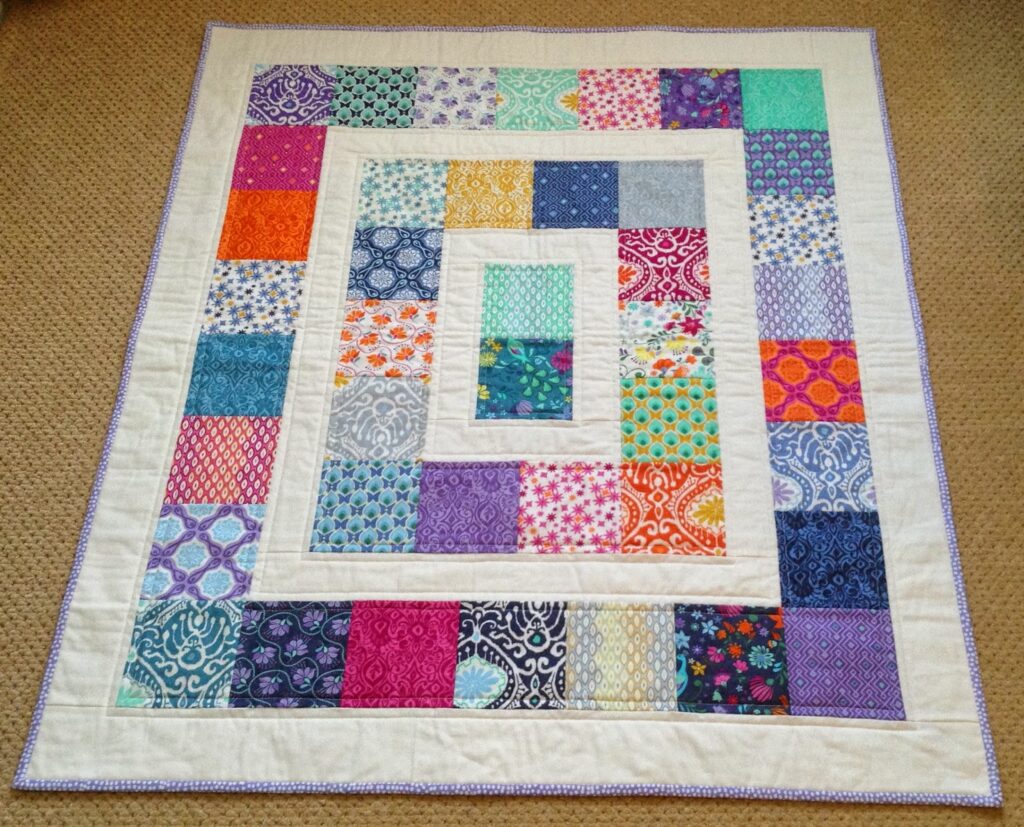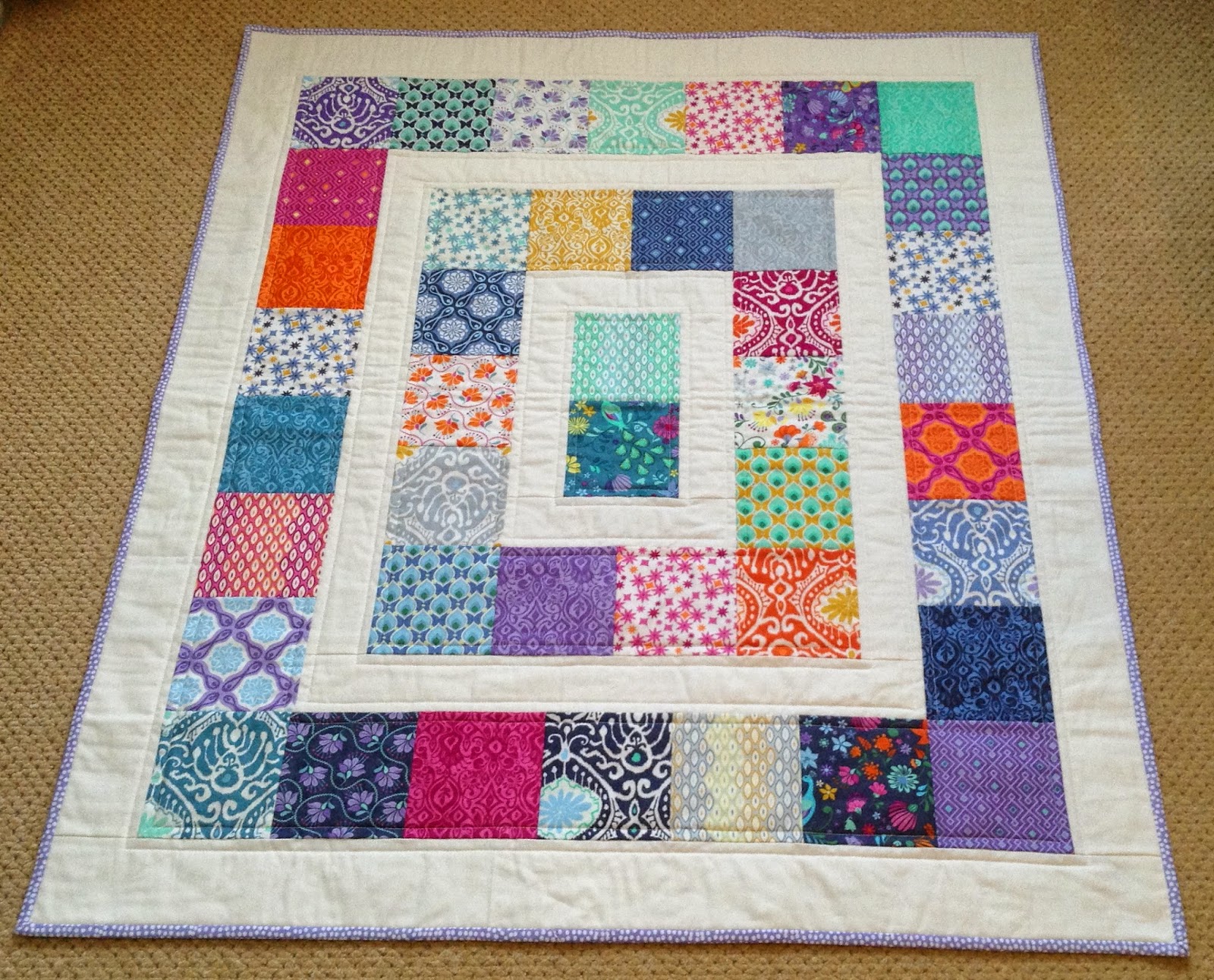
The Fastest Way to Make a Quilt: A Modern Quilter’s Guide to Speed and Efficiency
The timeless craft of quilting, a tradition steeped in history and creativity, has experienced a resurgence in recent years. From intricate heirloom pieces to vibrant modern designs, quilters of all skill levels are finding solace and satisfaction in the rhythmic process of stitching fabric together. However, in today’s fast-paced world, the desire to create beautiful quilts often clashes with the constraints of time. This article explores the fastest way to make a quilt, focusing on techniques, tools, and strategies that streamline the quilting process without sacrificing quality or artistry. Whether you’re a seasoned quilter looking to optimize your workflow or a beginner eager to embark on your first project, this guide offers practical advice to help you achieve your quilting goals efficiently.
Understanding the Time Commitment of Quilting
Before diving into the specifics of speeding up the quilting process, it’s essential to understand the various stages involved and the time they typically require. A quilt is generally composed of three layers: the top (pieced or whole cloth), the batting (insulation), and the backing. The process involves several key steps:
- Fabric Selection and Preparation: Choosing fabrics, washing and drying them to pre-shrink, and cutting them into the necessary shapes.
- Piecing the Quilt Top: Sewing individual fabric pieces together to create the design. This can range from simple squares to complex patterns.
- Layering the Quilt: Laying the backing fabric, batting, and quilt top in preparation for quilting.
- Basting: Temporarily securing the three layers together to prevent shifting during quilting.
- Quilting: Stitching through all three layers to secure them and add decorative elements. This can be done by hand or machine.
- Binding: Finishing the edges of the quilt with a binding strip.
Each of these steps can be time-consuming, depending on the complexity of the design, the size of the quilt, and the chosen quilting method. Traditional quilting can take hundreds of hours, while modern techniques offer quicker alternatives. Finding the fastest way to make a quilt means strategically optimizing each of these stages.
Choosing the Right Tools and Materials
The tools and materials you choose can significantly impact the speed of your quilting. Investing in quality equipment can save you time and frustration in the long run. Here are some essential tools and materials and how they contribute to finding the fastest way to make a quilt:
- Rotary Cutter, Cutting Mat, and Ruler: A rotary cutter, cutting mat, and ruler are indispensable for accurate and efficient fabric cutting. These tools allow you to quickly cut multiple layers of fabric at once, saving considerable time compared to using scissors.
- Sewing Machine: A reliable sewing machine is crucial for piecing the quilt top and quilting the layers together. Look for a machine with a good stitch quality, a generous throat space (the area to the right of the needle), and features like automatic needle threaders and thread cutters.
- Iron and Ironing Board: Pressing seams is a critical step in quilting, and a good iron and ironing board will help you achieve crisp, flat seams quickly. A spray bottle with water can be useful for stubborn wrinkles.
- Fabric: Pre-cut fabric bundles, such as charm packs, layer cakes, and jelly rolls, are a fantastic time-saver. These bundles come with pre-cut squares or strips, eliminating the need for cutting and allowing you to jump straight into piecing.
- Batting: Choose a batting material that is appropriate for your climate and desired look. Pre-cut batting can also save time.
- Binding Fabric: Pre-made binding can save time, but it can also be made quickly using a rotary cutter and sewing machine.
Streamlining the Fabric Cutting Process
Cutting fabric is often the most time-consuming part of quilting. However, there are several techniques to speed up this process, making it easier to find the fastest way to make a quilt. Here are some tips:
- Use a Rotary Cutter: As mentioned earlier, a rotary cutter is essential for fast and accurate cutting. Practice using it to become proficient at cutting multiple layers of fabric at once.
- Layer Fabric: Fold your fabric in multiple layers before cutting to maximize efficiency. Be sure to align the edges carefully.
- Use Templates: Templates can be helpful for cutting shapes that are not squares or rectangles.
- Pre-cut Fabrics: Utilize pre-cut fabric bundles (charm packs, layer cakes, jelly rolls) to eliminate the need for cutting.
- Chain Piecing: Chain piecing involves sewing multiple pieces together in a continuous chain without cutting the thread between them. This method speeds up the piecing process significantly.
Efficient Piecing Techniques
Once the fabric is cut, the next step is piecing the quilt top. Here are some efficient piecing techniques to consider when searching for the fastest way to make a quilt:
- Chain Piecing: As mentioned earlier, chain piecing is a highly efficient technique.
- Controlled Scraps: Plan your layout and use scraps strategically to reduce waste and speed up the piecing process.
- Assembly Line Sewing: Sew all of one step at a time. For example, sew all of the seams for one row before moving to the next row.
- Pre-Pressing: Pressing seams as you go helps to keep your work accurate, but avoid pressing too often.
Optimizing the Quilting Process
The quilting process itself can be a significant time commitment. Here are some tips to optimize this stage and discover the fastest way to make a quilt:
- Machine Quilting: Machine quilting is significantly faster than hand quilting. If you’re short on time, consider machine quilting.
- Straight Line Quilting: Straight line quilting, either with a walking foot or free-motion, is faster than more elaborate designs.
- Large Stitch Length: Use a larger stitch length to quilt more quickly. However, ensure the stitches are still secure.
- Basting Alternatives: Consider using safety pins or spray basting to speed up the basting process.
- Quilting Designs: Simple quilting designs are faster to execute than complex ones.
Tips for Speeding Up the Binding Process
Binding is the final step in the quilting process, and it can also be time-consuming. Here are some tips for speeding it up and finding the fastest way to make a quilt:
- Pre-Made Binding: Using pre-made binding can save time.
- Machine Binding: Attach the binding with your sewing machine for speed.
- Wide Binding: Use wider binding strips to make it easier to attach and finish.
Choosing the Right Quilt Pattern
The complexity of the quilt pattern significantly impacts the time required to complete the project. If your goal is to find the fastest way to make a quilt, consider choosing patterns that are:
- Simple: Opt for patterns with large blocks, simple shapes, and minimal piecing.
- Repetitive: Patterns with repeating blocks or units are often quicker to make.
- Pre-Cut Friendly: Choose patterns that are designed to use pre-cut fabrics.
Planning and Preparation
Proper planning and preparation are essential for any quilting project, and they are crucial for finding the fastest way to make a quilt. Before you begin, take the following steps:
- Choose a Pattern: Select a pattern that suits your skill level and time constraints.
- Gather Supplies: Ensure you have all the necessary materials and tools before you start.
- Wash and Prepare Fabric: Wash, dry, and iron your fabric to prevent shrinkage and wrinkles.
- Cut Fabric Efficiently: Plan your cutting layout to minimize waste and maximize efficiency.
Embracing the Joy of Quilting
While speed and efficiency are valuable goals, it’s equally important to remember the joy of quilting. Don’t sacrifice the quality of your work or your enjoyment of the process in the pursuit of speed. The fastest way to make a quilt is the one that allows you to create something beautiful while still enjoying the creative journey. Experiment with different techniques, find what works best for you, and embrace the satisfaction of creating something with your own two hands. Remember that every quilter has their own pace, and the most important thing is to enjoy the process of creating. Embrace the process, and you’ll discover the fastest way to make a quilt that works best for you.
Conclusion: Mastering Speed and Skill
Finding the fastest way to make a quilt is not about sacrificing quality or artistry, but rather about optimizing your workflow, utilizing efficient techniques, and embracing the right tools. By incorporating the strategies outlined in this guide, quilters of all levels can streamline their process, saving valuable time and allowing them to create more beautiful quilts. Remember to choose your tools wisely, plan your projects carefully, and embrace the joy of quilting. With practice and patience, you’ll find the perfect balance between speed and skill, allowing you to create stunning quilts that you’ll be proud to share. [See also: Beginner Quilting Mistakes to Avoid] and [See also: Best Sewing Machines for Quilting]


